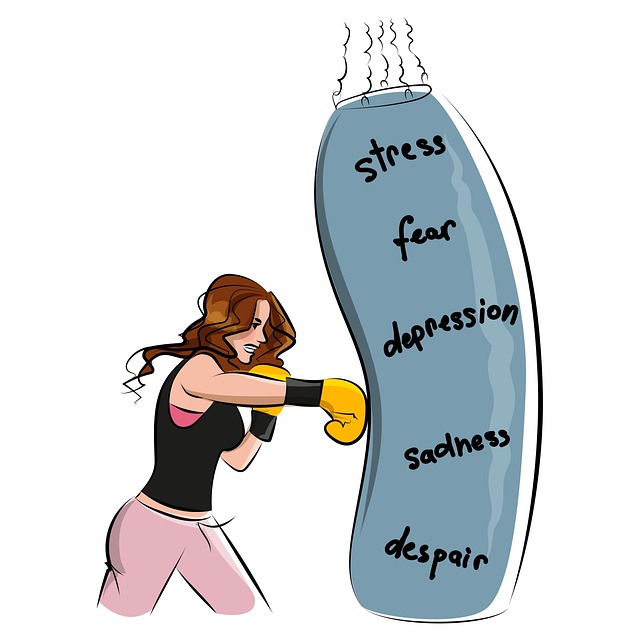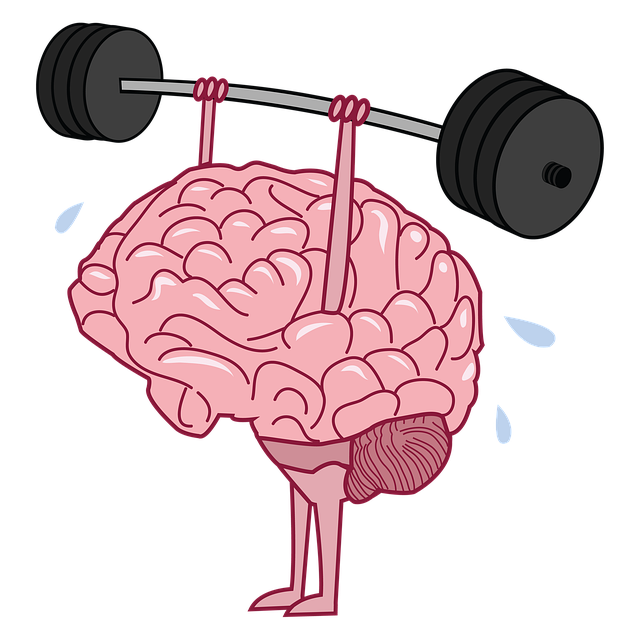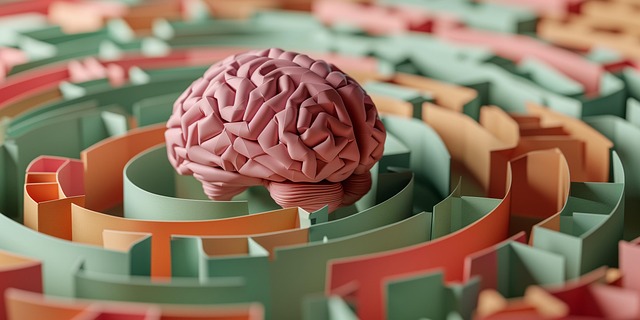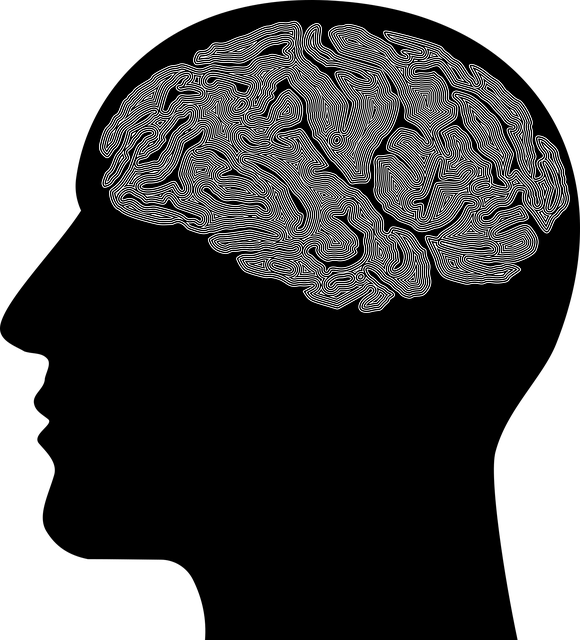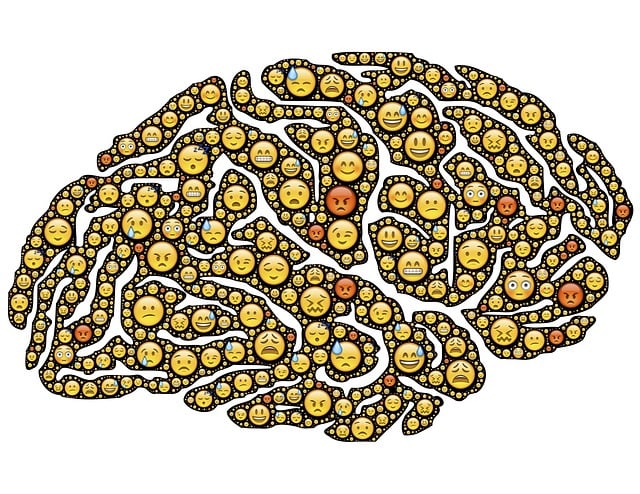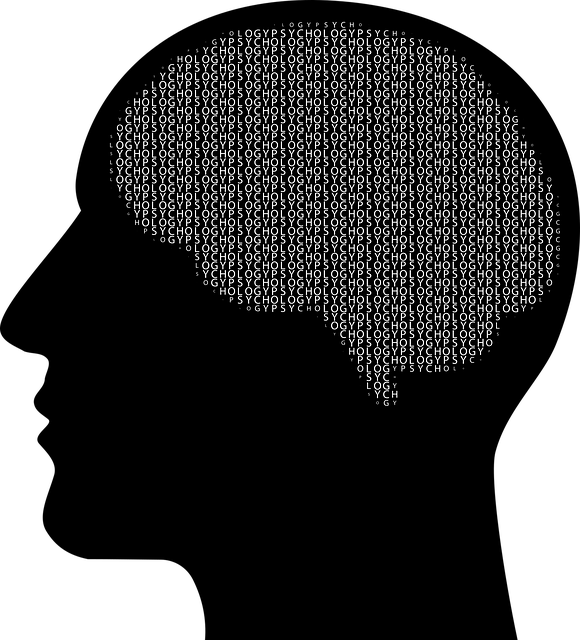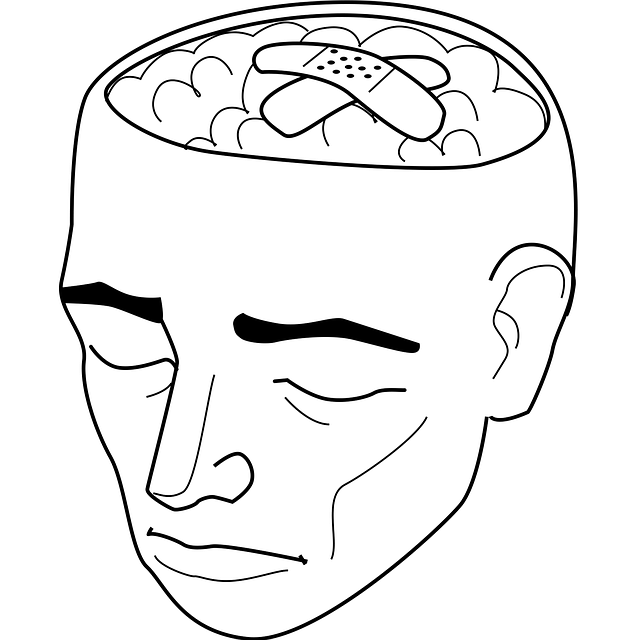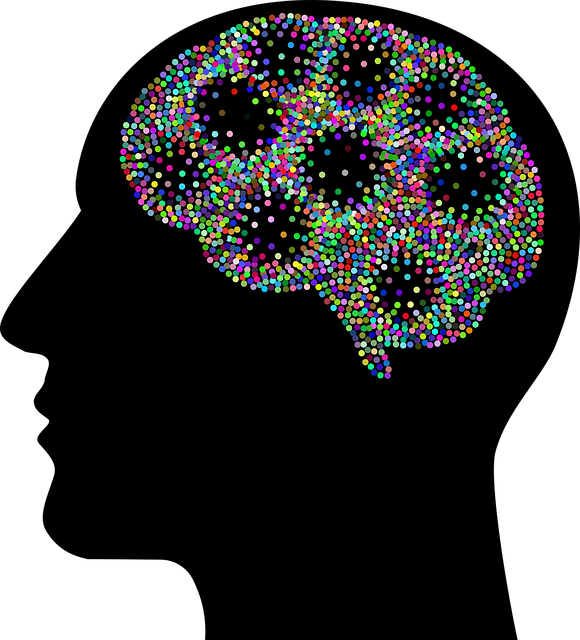Children's Adjustment Disorder (CAD), caused by traumatic events, requires early intervention. CBT, play therapy, mental health education, risk management planning, and journaling are effective strategies. Journaling offers a safe space for emotional expression, cultural sensitivity, and self-reflection, aiding in CAD management and treatment. It's a valuable tool for caregivers and healthcare providers to track progress and enhance cultural competency in care.
“Unleash the healing power of self-expression with mental wellness journaling! This comprehensive guide offers invaluable support for parents and educators aiming to help children navigate and overcome Adjustment Disorder. Discover how this therapeutic practice can empower kids to process emotions, enhance coping skills, and foster resilience.
We’ll explore the intricacies of Children’s Adjustment Disorder, its impact, and why journaling is a game-changer in therapy. Then, we provide a practical step-by-step guide to help young minds create their own effective mental wellness journals.”
- Understanding Children's Adjustment Disorder and its Impact
- The Power of Journaling as a Therapeutic Tool for Kids
- Step-by-Step Guide to Creating an Effective Mental Wellness Journal
Understanding Children's Adjustment Disorder and its Impact

Children’s Adjustment Disorder (CAD) is a mental health condition that can significantly impact a child’s emotional and behavioral well-being. Often stemming from traumatic or stressful life events, CAD manifests as difficulties in coping with changes, managing emotions, and interacting with peers. Symptoms may include excessive worry, irritability, sleep problems, and even aggression. Understanding CAD is crucial for parents, caregivers, and educators to recognize and address early on, as it can lead to more severe issues if left untreated.
Therapy plays a pivotal role in the management of CAD. Through various therapeutic approaches, such as cognitive-behavioral therapy (CBT) and play therapy, children can learn coping strategies, process traumatic experiences, and develop healthier ways of expressing their emotions. Mental health education programs designed for both students and educators are essential tools in promoting resilience and fostering a supportive environment that encourages open discussions about mental wellness. Additionally, risk management planning for mental health professionals ensures they are equipped to handle complex cases effectively while prioritizing self-care to prevent burnout.
The Power of Journaling as a Therapeutic Tool for Kids

Journaling can be a powerful tool to help children and teenagers navigate their mental health journey, especially those dealing with Adjustment Disorder. By providing a safe space for self-expression, it encourages kids to explore and understand their emotions. Through this process, they develop essential emotional regulation skills, learn to identify triggers, and gain insights into their thoughts and behaviors.
This practice offers a unique opportunity to foster resilience and promote emotional well-being. Children can use journaling as a creative outlet to express frustration, anger, or anxiety, helping them process these emotions in a healthy way. Additionally, mindfulness meditation techniques incorporated into journaling can enhance focus and calmness, teaching kids valuable coping strategies that support their overall mental wellness. Cultural sensitivity in mental healthcare practice is also reflected in this approach, as it allows for personal and cultural reflections, ensuring a tailored experience that respects individual backgrounds.
Step-by-Step Guide to Creating an Effective Mental Wellness Journal

Creating a mental wellness journal can be a powerful tool for individuals dealing with various challenges, including Adjustment Disorder in children. This step-by-step guide aims to empower you to take charge of your emotional well-being and provide an outlet for self-reflection. Start by choosing a journal that feels right; it could be a physical notebook or a digital one on your phone, ensuring it’s a space you’re comfortable with.
Begin each entry with a date and a clear theme or prompt to focus your thoughts. Write freely about your feelings, using the present moment as your guide. Describe your emotions, any triggers that might have set them off, and how they affected your day. Incorporate mindfulness techniques like mindfulness meditation or simply reflect on moments of positive thinking. For instance, you can list three good things that happened during your day. This practice fosters self-awareness, helps process difficult feelings, and promotes a healthier mindset, which is beneficial for managing Adjustment Disorder symptoms. Regularly documenting your experiences can provide insights and serve as a valuable resource when discussing challenges with your healthcare provider, enhancing cultural competency in treatment plans.
Mental wellness journaling can serve as a powerful therapy for children with Adjustment Disorder, offering them a safe space to express their emotions and track their progress. By following the step-by-step guide provided, parents and caregivers can empower kids to take an active role in managing their mental health. Integrating this simple yet effective practice into daily routines may help mitigate symptoms and foster resilience, ultimately supporting children as they navigate life’s challenges.
